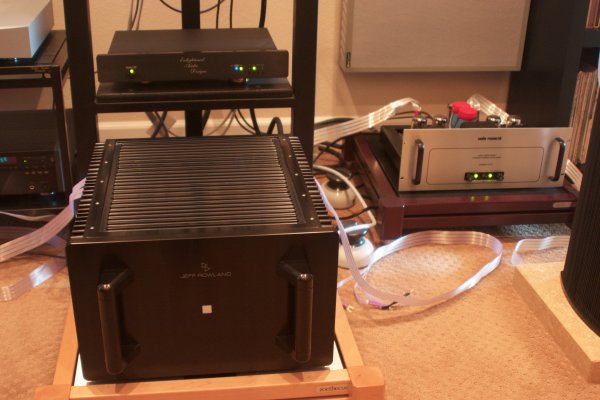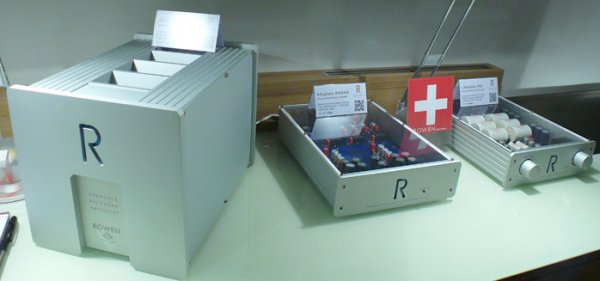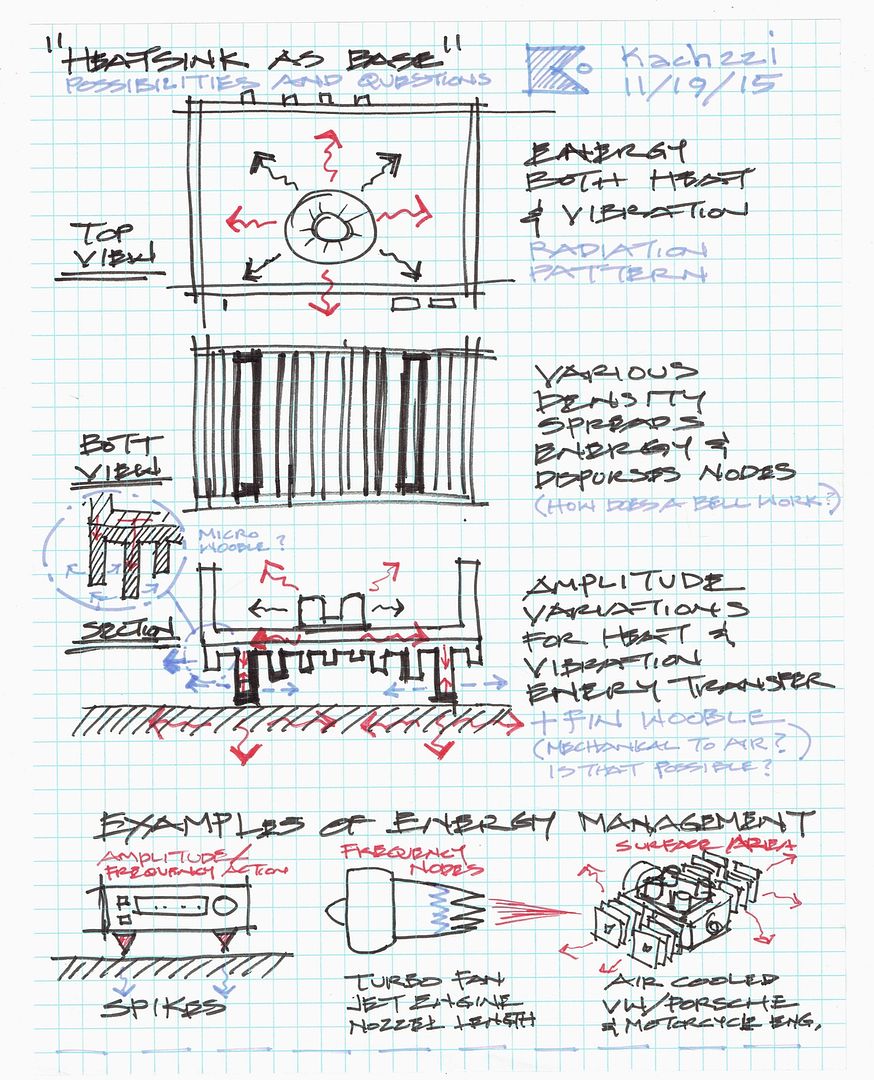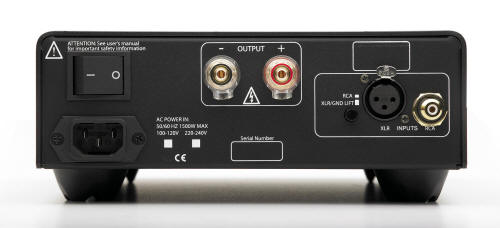Yes there is something to be learned by looking at the inside of a product.There is nothing to learn from somebody who has never seen, heard, or touched the product. Fyi, the heatsinks are actually COOL to the touch after being on a week straight...and after several hours of use. Very presumptuous post here by phantom armchair engineers.
We learned much about Steve Jobs with his fascination/dedication to the layout inside of his computers in an artistic manner. Some likened him and his employees to artists.
In your signature I see the affiliation with Tonepub, the fruit does not fall far from the tree.
There is a long Internet history of his posting style getting him kicked out of audio forums, I see you are determined to follow suit. I wish you the best of luck in that endeavor.
And I don't recall arirm commenting on the sound of the equipment, only a remote safety concern regarding lightening strikes, an audiophile's worst nightmare.
We all have something we fear, only a fool disregards hazards which can kill him or his equipment, in my humble opinion.



















